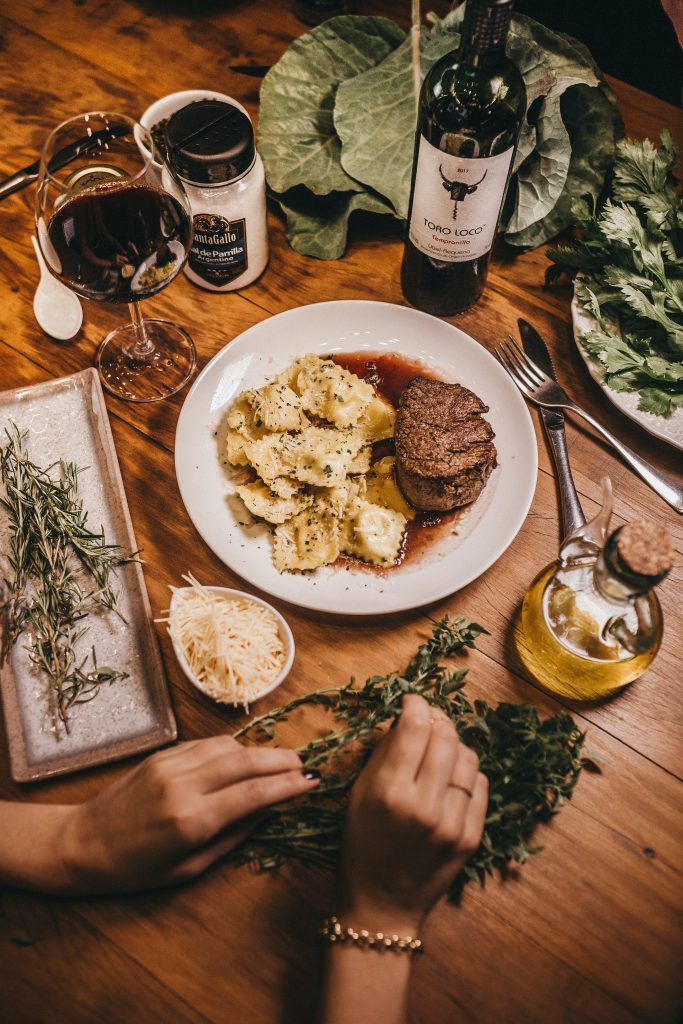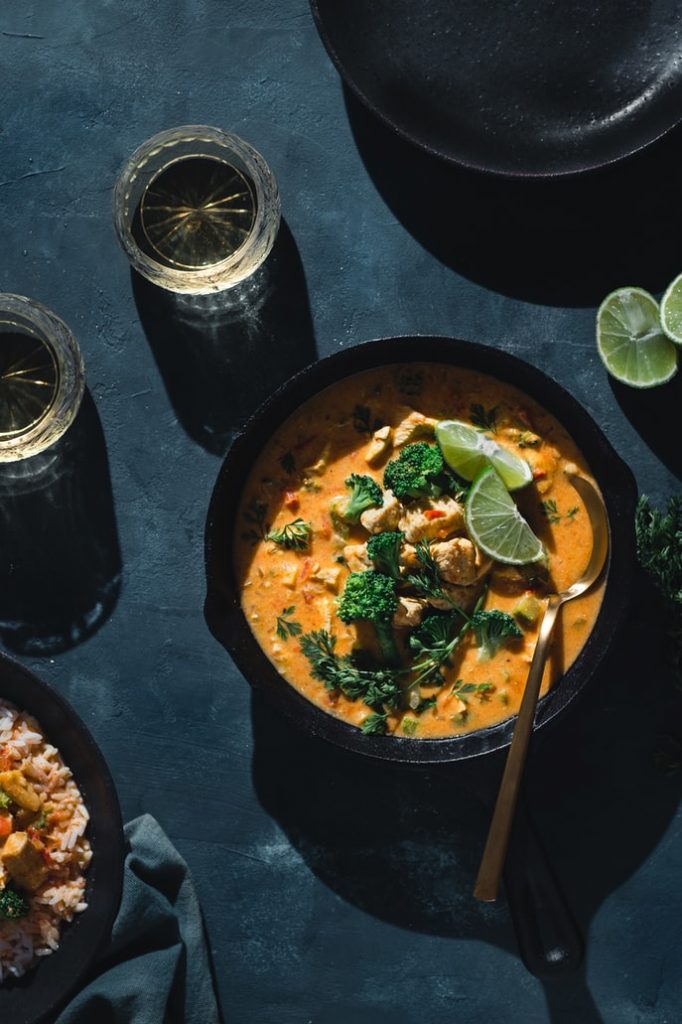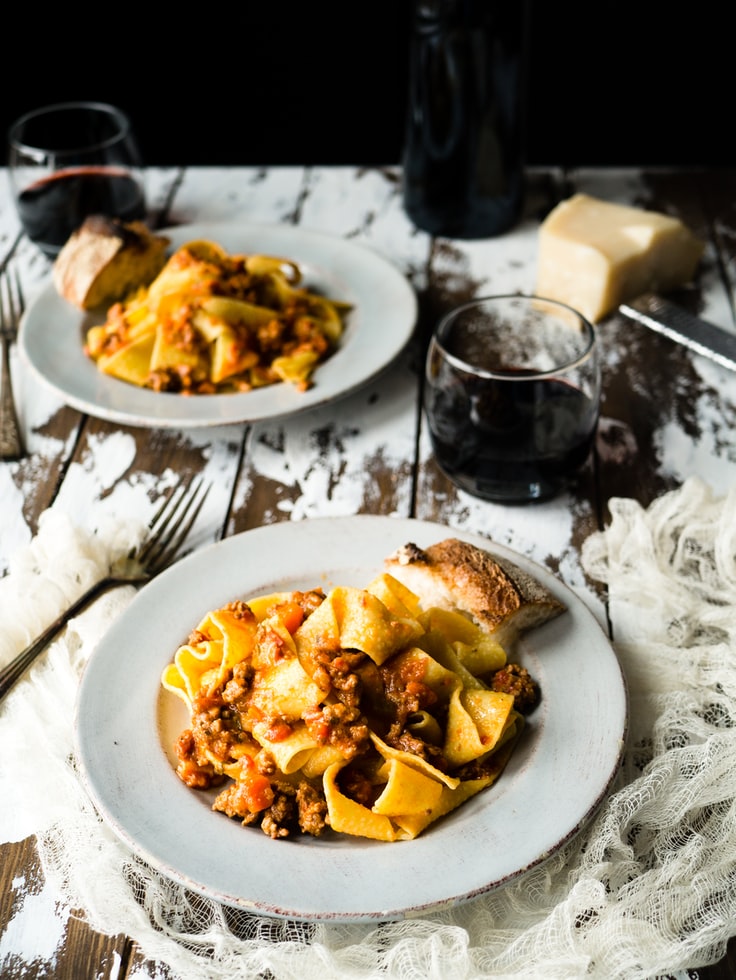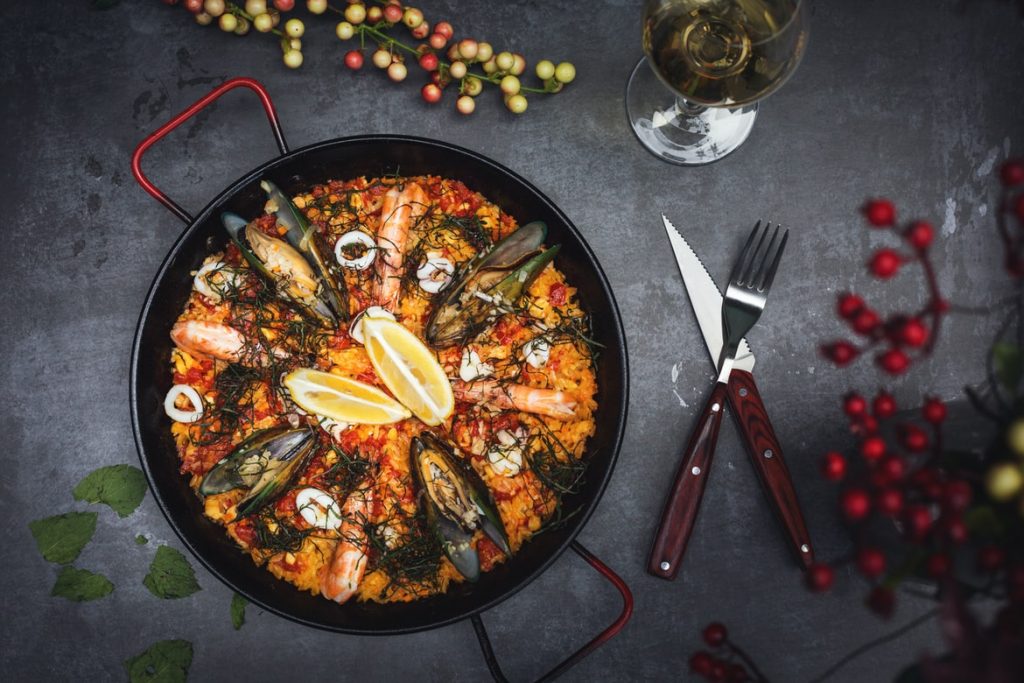Wine pairing can be a daunting experience — we have all hosted a dinner party or have gone out to a new restaurant, and wondered, or even fretted about, which wine to pick to complement our meal.
Well, wine pairing, as experts will tell you, can get very complicated very quickly — however, there are some basic principles that will allow you to almost instinctively know which wines pair with which foods.
Wine pairing, although complicated, should not be as difficult as it is made out to seem, some easy-to-follow rules can guide you to pick your wines like a Michelin star restaurant.

The attributes of a wine
There are four basic attributes that you should remember when you pick your wine or your meal, these are tannin content (or boldness and bitterness), acidity, sweetness and body. The last trait, body, is how the wine feels inside of your mouth. It is determined by a number of factors, the most important of which is alcohol content.
There are other attributes as well, but these four are the ones that will most determine your pairings.
Tannins are chemicals in wine that add bitterness and astringency, as well as complexity and boldness. Some high tannin wines are Cabernet Sauvignon and Shiraz. High tannin wines often pair well with red meat dishes such as lamb or beef.

The bold flavour of a wine due to its tannin content may be difficult to drink on its own. However, paired with the strong flavour of red meat, for example of a steak, the wine should seem less aggressive and will complement the dish.
The first rule of wine pairing is to pair a wine’s boldness to the boldness of your food accordingly, you don’t want one to overpower the other — a heavy red with a seafood dish is not the way to go.

Sommeliers also talk about acidity which, you guessed it, determines how sour a wine tastes. It also helps preserve wine for a longer period, allowing it to age and gain complexity. White wines tend to have a higher acid content than reds, and reds, in turn, have varying acidity.
Acidic wines pair well with fatty light meats. For example, lighter poultry, think chicken or turkey, could be paired with a Sauvignon Blanc or a Chardonnay while duck or other game birds could be paired with an acidic red such as Pinot Noir as the meats’ flavour is a bit bolder.
Medium-tannin medium-acidity wines like Chianti, pair well with starchy dishes and pasta — a highly acidic wine, such as a Riesling, can even be used as palate cleansers while eating spicy foods such as Indian or Caribbean dishes.

Another rule for wine pairing — acidity pairs well with fatty dishes. However, remember the rule of boldness, a highly acidic white will be overpowered by, for example, fatty red meat.
The third wine attribute we want to explore is sweetness. Some schools of thought have said that sweet wine should only be paired with sweet foods. While pairing a sweet dessert wine such as Port with chocolate never fails, sweet wines can also bring out the flavour in savoury dishes.

Think about it, have you ever tried Parma ham and melon or maple syrup on bacon? This type of contrasting pairing can work nicely, especially if the savoury dish has some kind of sweet component, for example, a honey glaze on a slow-cooked pork dish.
Salt is the main contrasting flavour for the sweetness of the wine, try a salt-crusted steak with a Banyuls — a sweet, fortified French wine — for an experimental and contrasting pair.
If you want to pair wine more traditionally, that is sweet on sweet, remember this rule — make sure your food is never sweeter than the wine.
Finally, you will want to look at a wine’s body. The alcohol content of wine also helps determine its body. Generally, if a wine is less than 12.5 per cent alcohol, it’s light-bodied, 12.5-13.5 per cent is medium-bodied and anything over 13.5 per cent is full-bodied.
Although everyone tastes alcohol differently there are some inherent truths about alcohol content in wine.
The rule is that alcohol exacerbates spice. A full-bodied wine will make a spicy dish more so which can overwhelm both the wine and the other flavours in the dish. You are much better off pairing hot dishes with a light, high acidity wine such as the Riesling mentioned above.

Full-bodied wines, by contrast, go with rich, velvety foods. Particularly good is a dessert wine such as Port wine with chocolate cake but remember, the wine must be sweeter than the dessert.
Finally, full-bodied wines also pair well with meaty, rich dinners. Lighter wines with lower alcohol content are great for appetizers such as charcuterie boards and soft cheeses as well as seafood dishes.
Speaking of seafood, dishes del mar are some of the most daunting to pair for.
Sparkling wines go well with fried seafood, while a Pinot Grigio will go nicely with simply cooked white fish. Light reds, like a Chianti, can even go with fatty flavourful fish like tuna or marlin.

To sum up and simplify, bold wines go with bold foods, acidity pairs well with fat, your food should never be sweeter than your wine and full-bodied wines are a no-go for spicy dishes.
Complementary vs Congruent Pairing
Once you have mastered the attributes of different wines you are well on your way to becoming an expert at pairing wines with dishes. There are, however, a few more things to know to take your wine pairing skills to the next level.
Two schools of thought exist on the art of wine pairing — complementary pairing and congruent pairing.
A complementary pairing, or contrasting pairing, is when the wine and the dish do not have similar flavour profiles but do complement each other, simple right? The pairing brings out the flavours of both the dish and the wine.
A high tannin red will bring out the flavours of fatty, savoury meat like beef or lamb — they have different flavour profiles but they enhance each other by being different.
Meanwhile, a congruent pairing is all about matching the flavour profiles between a wine and a dish. An acidic Sauvignon Blanc will pair well with the sour notes of strong cheese.

These pairing schools can even be used together during the same meal, at the same time. Take, for instance, a Shiraz with a smoky flavour paired with a chargrilled steak.
The smokiness of the wine will make a nice congruent pairing to the smokiness of the meat, while the tannins in the wine will make a complementary pairing with the fat in the cut.
Regional Pairing
A bit of a cheat sheet for wine pairing is the ability to pair regional wines with regional dishes. Food produced in an area tends to have similar properties and flavours as the wine produced there.
This is because the food and wine from the same region have similar nutrients and minerals, were exposed to the same precipitation and topography and so on. They essentially have been created in the same environment.

For example, an Argentinean steak pairs perfectly with a Malbec or you could have a Pinot Noir with your quail in France — the wine was specifically created to go with game birds in the region.
Regional pairing, however, does not trump the other rules for wine pairing. You shouldn’t necessarily decide to have a bold, tannin heavy red with your light summer salad because the lettuce was grown in the same region as the grapes.
If you know the different attributes of wine and how they interact, and whether you like complementary pairing, congruent pairing or a mix of both — coupled with a bit of practice — you will be well on your way to pairing wines like the professionals.
Keep in mind that in the end, some of it comes down to personal preference. Indeed, if you really love a certain wine, sometimes it is better to choose your meal based on that wine. Let the food and wine enhance each other, and you will be able to pair your wine like a professional.


